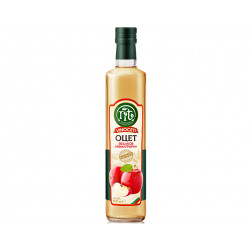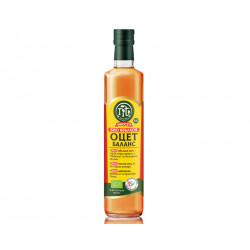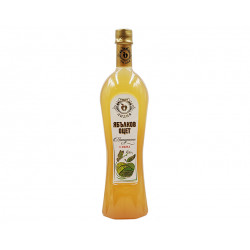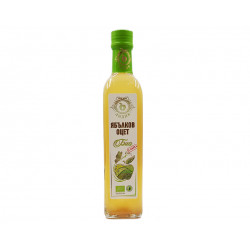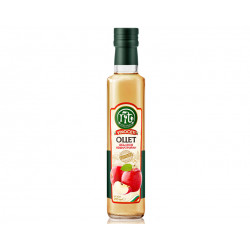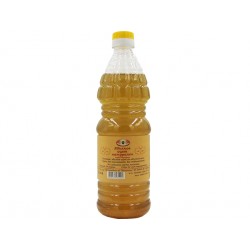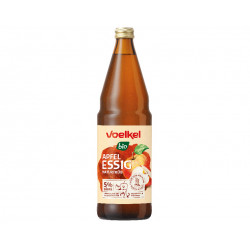Vinegar is a sour-tasting liquid obtained by oxidizing ethanol in wine, beer, fermented fruit juice, or almost any other liquid containing alcohol. Vinegar can also be produced by certain bacteria that act directly in sugar-water solutions, without intermediate conversion to ethanol.
Wine vinegar
Egyptians, Assyrians, Babylonians, Bulgarians, Jews, Greeks, Romans and Germans used it for cooking sour dishes, for storing meat and vegetables, for soft drinks.
In an extensive work in the 15th century, Amasiatsi emphasizes that wine vinegar is the best: it helps with all kinds of headaches, toothaches, eczema, lichens and leg ulcers. It is also useful for ear ulcers, clears the head of dandruff, stimulates digestion, strengthens the stomach, quenches thirst, stops bleeding and reduces ejaculation in men.
Sorrel lovers who have stomach ailments should be careful with the use of vinegar in their meals. This is also recommended for the elderly, as well as for those suffering from joint pain, constipation, prostatitis and sexual weakness, as well as after recovery from debilitating illness.
The constant use of vinegar as a food spice can cause visual disturbances and lead to yellowing of the skin.
Folk recipes with wine vinegar
Recipe 1
Prepare a solution - 2-3 parts water, 1 part wine vinegar and mix well. Place a woolen cloth over the cotton cloth and leave the compress to dry. Then get wet again and repeat the procedure. Make compresses while lowering body temperature.
Recipe 2
Mix wine vinegar, plum resin and add a little honey. The ratio of the ingredients is such that when mixed, a mixture with the density of the ointment is formed. Used for lichens.
Recipe 3
In case of flu, a mixture of wine vinegar, olive oil and camphor is prepared. Soak a woolen cloth in the finished mixture and place on the chest. Leave to stand for 1 night.
Recipe 4
Mix 100 ml of wine vinegar and water. Add plantain leaves. Boil in a water bath for 8-10 minutes, then leave to soak until cool. Strain. The finished extract is used for ear ulcers by dripping 1-3 drops in the ear.
Apple cider vinegar
Apple cider vinegar is a natural source of many vitamins and trace elements. It contains more than 93 ingredients: enzymes, amino acids, nutrients, pectin, beta-carotene, which make many cures possible.
Apple cider vinegar has antibacterial and anti-inflammatory effects. Improves metabolism, stimulates blood circulation, aids digestion, lowers cholesterol, treats otitis media and skin diseases.
It also tightens the skin, prevents the formation of age spots, reduces nocturnal muscle spasms, relieves headaches, removes calluses, rashes and mycoses on the skin. Helps to reduce body weight, destroys bacteria in food, improves cardiovascular function.
Folk recipes with apple cider vinegar
Recipe 1
2 tsp apple cider vinegar is mixed with 1 tsp water and 1 tsp honey. It is drunk as a tonic and immunostimulator.
Recipe 2
Make a paste of natural clay and apple cider vinegar. Put the mixture on a cotton cloth and wrap around your neck. The recipe is used for sore throat.
Recipe 3
Make a mixture of apple cider vinegar and water in equal proportions. Soak short socks in the prepared mixture and put them on. The recipe is used to lower body temperature. This way of making compresses also works well for rheumatism.
Recipe 4
Mix 4 tablespoons of apple cider vinegar and 1 tablespoon of salt. The finished mixture is used for warts. Apply the mixture on the affected area several times a day.




